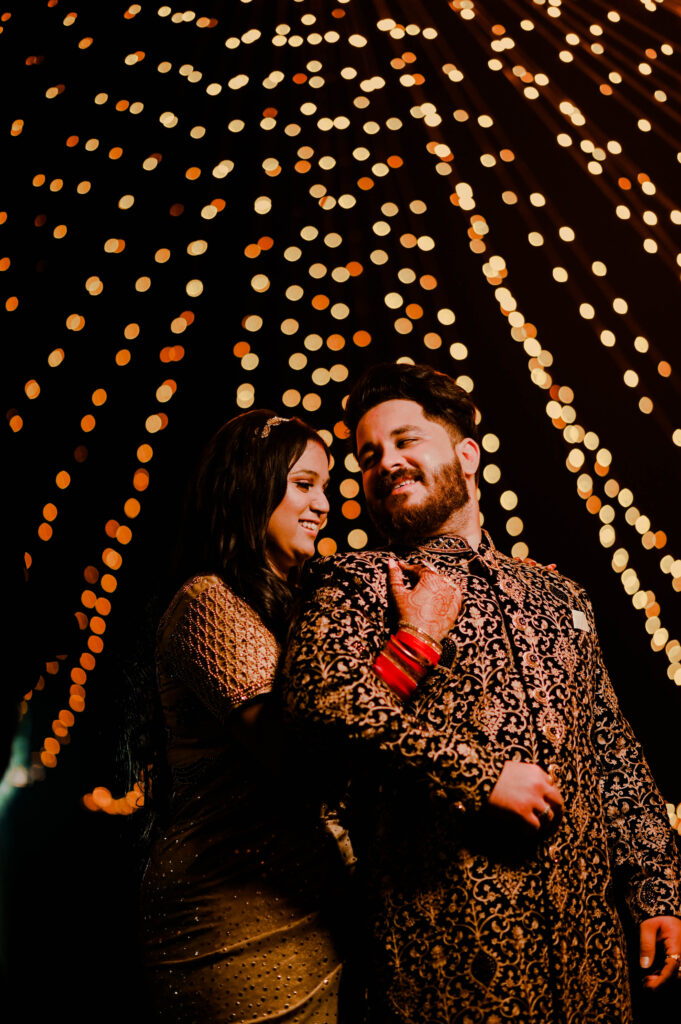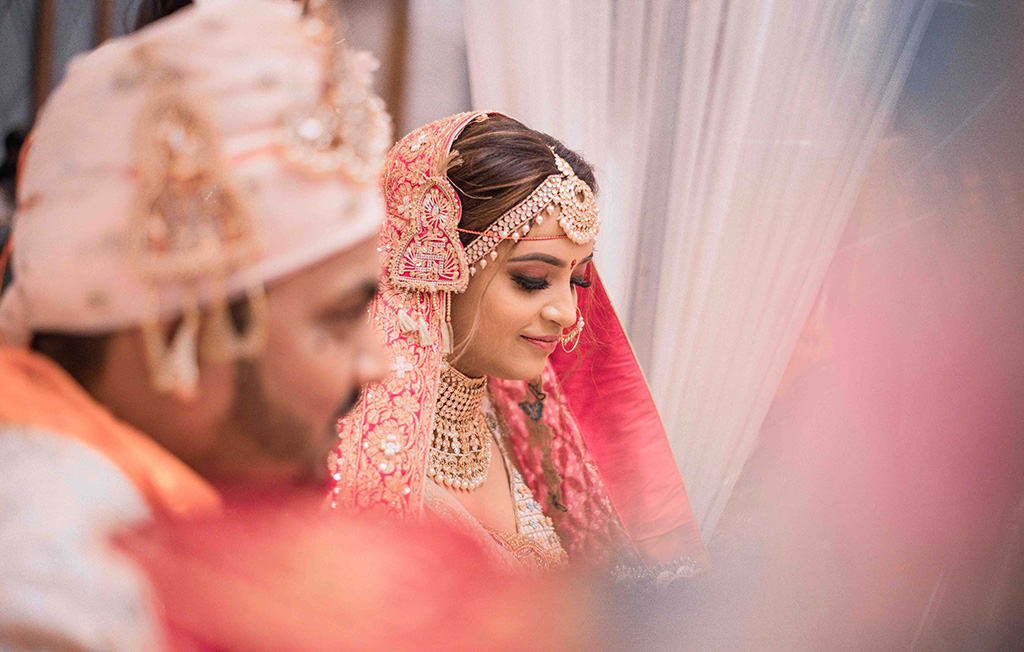wedding photography is widely regarded as one of the most challenging yet rewarding fields within the profession. Capturing the magic, emotion, and beauty of one of the most important days in a couple’s life requires a combination of technical skill, artistic vision, and adaptability. As with any high-stakes event, wedding photographers face a wide range of challenges, from unpredictable weather and poor lighting conditions to the pressures of managing large groups of people. However, with careful preparation, quick thinking, and a deep understanding of the nuances of the day, photographers can overcome these challenges and deliver exceptional results that clients will treasure forever.
In this article, we will explore the key challenges faced by wedding photography and discuss practical solutions for overcoming these obstacles. By examining common issues such as unpredictable lighting, time constraints, working with large groups, and managing client expectations, this guide will equip photographers with the tools they need to navigate the complexities of wedding photographysuccessfully.
I. Understanding the Wedding Day: A Complex Event
A wedding photography day is a whirlwind of events, emotions, and moments. From the early morning preparations to the late-night dance parties, there is little room for error. Photographers must be alert, adaptable, and skilled in managing their equipment, their time, and the people involved. The day is typically filled with moments of joy, anticipation, nervousness, and sometimes even chaos. For photographers, it’s not just about taking pictures; it’s about telling a story, capturing raw emotion, and doing so while juggling various technical and interpersonal challenges.
The primary goal of wedding photography is to capture the essence of the couple’s relationship, their personalities, and the significant moments of their day. But achieving this goal is not without its hurdles. Below, we will discuss some of the most common challenges wedding photography face and provide actionable solutions to address them.

II. Challenge 1: Unpredictable Lighting
Lighting is one of the most crucial elements of wedding photography. However, on a wedding day, lighting conditions can vary greatly, making it one of the most common challenges wedding photography face. Whether it’s harsh midday sunlight during outdoor portraits, dim reception halls, or unpredictable indoor lighting, wedding photography must quickly adapt to capture the best possible images.
Solutions to Lighting Challenges
- Understand the Event Schedule: Knowing when and where key moments like the ceremony, first dance, and speeches will take place can help photographers prepare for the light conditions they will encounter. For example, outdoor ceremonies during midday can be challenging because of harsh sunlight. Photographers can plan accordingly, suggesting a shaded area for portraits or using reflectors to diffuse the light.
- Use Natural Light to Your Advantage: If possible, embrace natural light. Many couples prefer outdoor weddings or portraits, so photographers should be prepared to make use of natural lighting, especially during the golden hour (the hour before sunset) when the light is soft and flattering.
- Bring Portable Lighting Equipment: Photographers should always have portable lighting equipment on hand, such as off-camera flashes or soft boxes, to handle low-light situations. For example, indoor wedding receptions often have dim lighting, and a well-placed flash can help add brightness without disturbing the atmosphere.
- Adjust Camera Settings for Low Light: In low-light situations, photographers can adjust their camera settings, such as increasing the ISO to capture more light. However, it’s important to find a balance so that the image remains clear and doesn’t become grainy. A fast lens (such as a 50mm f/1.4) can also help in these situations, as it allows more light into the camera.
- Use Light Modifiers: Light modifiers such as diffusers and reflectors can help control and soften harsh light, especially in outdoor settings. In indoor venues with poor lighting, photographers can use bounce flashes to diffuse the light across the room, creating a more flattering and even exposure.
III. Challenge 2: Time Constraints and the Pressure of the Wedding Schedule
One of the most stressful aspects of wedding photography is the strict time constraints. Wedding days typically follow a set schedule with multiple events taking place in quick succession. Photographers often have to capture important moments within specific time windows, such as the bride’s first look, the family portraits, and the couple’s first dance. With so many critical moments happening in a short period of time, there is little room for error.
Solutions to Time Constraints
- Create a Detailed Timeline: A well-planned wedding timeline is essential. Before the event, the photographer should communicate with the couple, the wedding planner, and other vendors to confirm the schedule. A detailed timeline ensures that all key moments are accounted for and helps the photographer manage their time effectively throughout the day.
- Be Prepared for Delays: Weddings are rarely perfect, and there may be delays. Photographers must be prepared for these delays and remain flexible. If the ceremony runs longer than expected, the photographer should have a backup plan for capturing other moments or adjusting the shooting schedule as needed.
- Efficient Posing and Group Shots: Family and group portraits are typically a priority during the wedding, but they can take time. To make these sessions more efficient, photographers should prepare a list of the essential group shots in advance and communicate with the couple about their preferences. They should also work efficiently in managing groups to avoid unnecessary delays.
- Use a Second Shooter: Hiring a second photographer can be invaluable, especially if there are multiple events happening simultaneously or if the photographer needs to capture different angles of key moments. A second shooter can help ease time pressures by allowing the main photographer to focus on more important shots.
- Maximize Candid Photography: While posed portraits are important, candid photography can capture more authentic moments without requiring the couple or guests to stop and pose. By staying alert and anticipating key moments, the photographer can capture the spontaneity of the day while saving time for more formal shots.
IV. Challenge 3: Working with Large Groups
wedding photography typically involve large groups of people, including family members, friends, and wedding party members. Coordinating these groups for group photos can be challenging, as it often requires managing people who are distracted, eager to socialize, or reluctant to pose for long periods of time. Additionally, the photographer must ensure that everyone looks their best and that no one is accidentally left out of the shot.
Solutions for Managing Large Groups
- Prepare in Advance: Before the wedding photography wedding photography should ask the couple for a list of specific group shots they want to capture. This list should include immediate family members, the wedding party, and any other important groups. Having a clear idea of who needs to be in each photo helps the photographer stay organized and avoid confusion during the group shot session.
- Be Clear and Assertive: When coordinating large groups, clear communication is key. The photographer should take charge and direct people efficiently. It’s helpful to establish specific spots for people to stand and to communicate what is expected of them, especially in terms of posing.
- Utilize a Group Helper: It can be helpful to enlist the help of the wedding planner or a trusted family member to assist in gathering people for group shots. This person can help locate people who may be mingling or distracted, ensuring that no one is left out.
- Consider Using Zoom Lenses: When photographing large groups, photographers can use zoom lenses to frame the shot without having to move around as much. This can help reduce the time it takes to set up the shot and ensure that everyone is included.
- Keep It Moving: To maintain energy and engagement, photographers should try to keep group shots short and sweet. They should aim to get the necessary shots without making people pose for too long. This helps avoid the frustration or boredom that can come with long, drawn-out photo sessions.

V. Challenge 4: Unpredictable Weather Conditions
Outdoor weddings are a popular choice, but they come with the risk of unpredictable weather. Rain, wind, extreme heat, or sudden temperature changes can affect both the comfort of the guests and the quality of the photos. A sudden downpour can ruin an outdoor ceremony, while bright, direct sunlight can cause harsh shadows and squinting.
Solutions for Dealing with Weather Challenges
- Have a Backup Plan: One of the most effective ways to prepare for unpredictable weather is to have a backup plan. Couples should consider renting a tent or booking a venue with both indoor and outdoor options. Photographers should communicate with the couple and planner to determine where the ceremony and key shots will take place in case of bad weather.
- Embrace the Elements: Sometimes, challenging weather can be used to create dramatic and unique photos. A rainy day can produce reflections on the ground or a romantic atmosphere for intimate shots. Photographers should always be prepared with waterproof gear and umbrellas to work in rain or wind.
- Adjust Camera Settings for Harsh Light: Bright sunlight can be harsh, especially for outdoor portraits. To mitigate this, photographers can use reflectors to bounce light back onto the couple’s faces or use diffusers to soften the light. Shooting in the early morning or late afternoon can also help avoid the harshest midday light.
- Keep Clients Comfortable wedding photography: If the weather is particularly hot, cold, or rainy, photographers should keep the couple and guests comfortable by ensuring they have adequate shelter or warmth. Having a backup plan for wedding photography sessions indoors can also help if the weather turns unfavorable.
VI. Challenge 5: Managing Client Expectations
wedding photography is a deeply personal service, and couples often have very specific expectations about the photos they want. Managing these expectations while delivering high-quality work can be challenging, especially when things don’t go as planned during the day.
Solutions for Managing Expectations
- Pre-Wedding Consultation: Communication with the couple before the wedding is key. A pre-wedding consultation allows the photographer to understand the couple’s priorities and their vision for the photos. Discussing preferred styles, must-have shots, and overall expectations will help ensure the photographer is aligned with the couple’s desires.
- Set Realistic Expectations: While it’s important to deliver beautiful, high-quality photos, photographers should also set realistic expectations. Not every moment will go as planned, and photographers should be upfront about the potential challenges of lighting, timing, and other factors.
- Post-Production Communication: After the wedding photography should be transparent about the timeline for delivering photos. Setting clear expectations regarding the editing process and delivery time helps avoid frustration and ensures that the couple understands when they can expect to receive their images.

Conclusion
wedding photography is an art that requires both creativity and technical expertise. The challenges that come with it—from unpredictable weather and lighting conditions to managing time and large groups—are many. However, with careful preparation, clear communication, and a flexible mindset, wedding photography can overcome these challenges and capture stunning, emotional images that tell the unique story of each couple’s special day. By embracing the obstacles that come with wedding photography and finding practical solutions to address them, photographers can ensure that every wedding they shoot is a resounding success.














